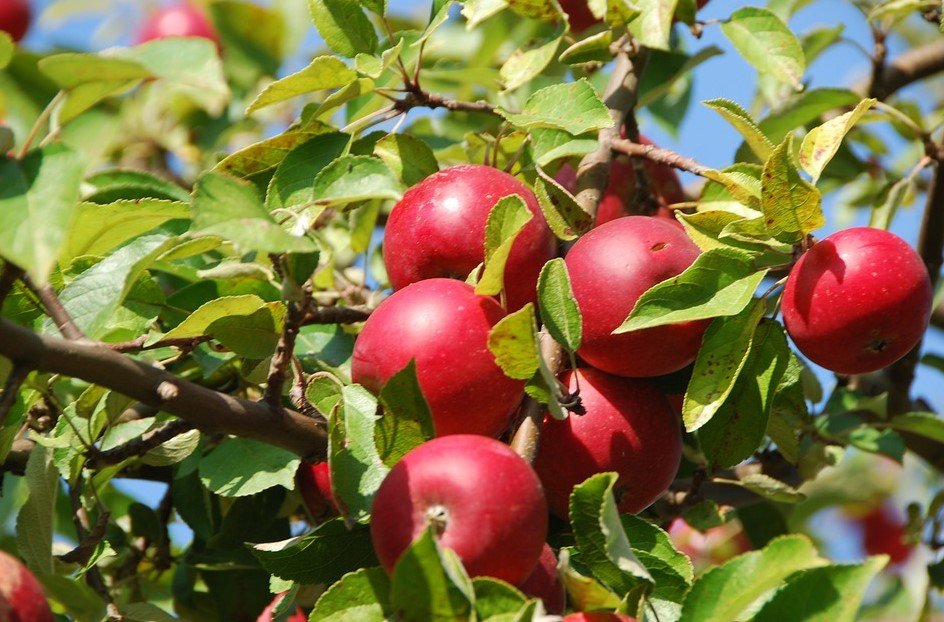In April, the European Union’s apple market witnessed a slight decrease in prices, with the average cost calculated at €92 per 100 kilograms. This figure represents a €1 drop from the previous month, indicating subtle yet notable shifts in the market’s behavior.
Market Overview
The apple market in Europe is a dynamic entity, influenced by various factors ranging from climate conditions to international trade policies. In April, the average price of apples across the EU was €92 per 100 kgs. This price point is the culmination of data from the four major EU member states, each contributing to the overall pricing landscape. France’s ex-packaging station prices stood at €128.9, while Germany reported a lower figure of €80.83. Spain and Portugal hovered around the average, with €98.44 and €92.07 respectively.
The slight decrease in price from the previous month reflects a complex interplay of supply and demand. Seasonal variations often dictate the availability of apples, with certain varieties coming into harvest at different times. Additionally, the economic climate within the EU and the global market can impact prices. Trade agreements, tariffs, and consumer trends all play a role in determining the final cost to the consumer.

Regional Variations
Delving deeper into the numbers, it becomes evident that regional differences are significant. France’s higher pricing can be attributed to a variety of factors, including the types of apples grown, the cost of labor, and the quality standards set by the country. Germany’s pricing, on the other hand, suggests a more competitive market, possibly due to a larger volume of apples or more efficient production methods.
Spain and Portugal, with prices close to the EU average, demonstrate the impact of regional economies on agricultural products. Spain’s diverse climate allows for a wide range of apple varieties, which may affect the average pricing. Portugal’s consistent pricing indicates a stable market, potentially reflecting a balance between production costs and consumer demand.
Future Outlook
Looking forward, the apple market in the EU is poised for change. Environmental concerns, such as climate change and sustainable farming practices, are increasingly influencing consumer choices and, consequently, prices. Technological advancements in agriculture, including automation and precision farming, could lead to more efficient production and potentially lower prices.
Trade negotiations and policy changes within the EU will also play a crucial role in shaping the future of apple pricing. As member states navigate the complexities of international commerce, the apple market will continue to reflect these broader economic trends.